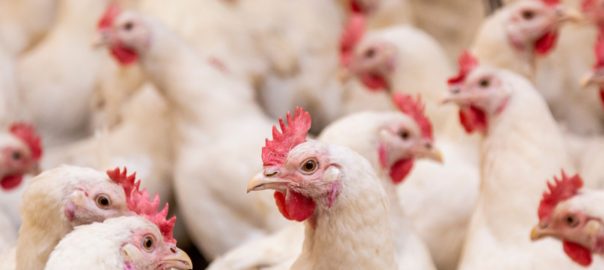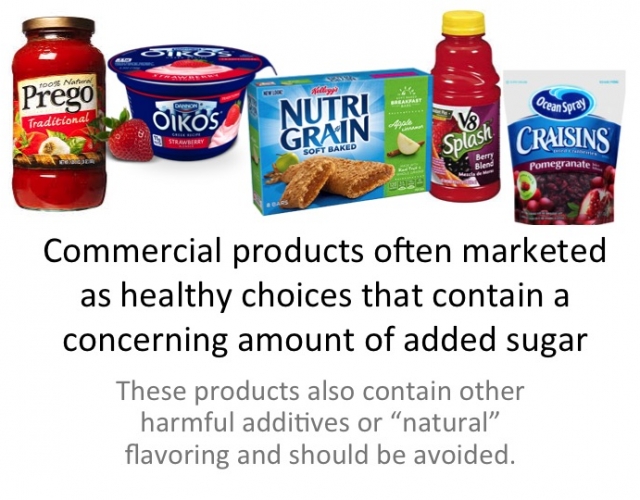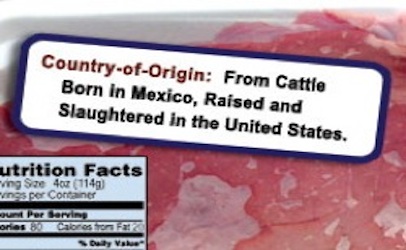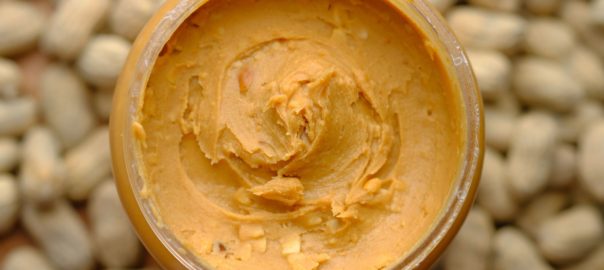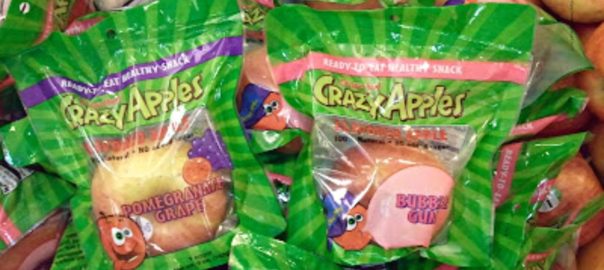In 2011, the FDA denied petitions from consumers and other groups to restrict the use of several antibiotics in the food supply. Instead, the FDA issued legislation limiting the use of one type of antibiotic, cephalosporins.
This class of antibiotics is not given to animals directly in their feed but instead issued, usually, prior to slaughter. The FDA is concerned that this type of antibiotic is so important for use in humans (especially in life-threatening cases such as meningitis) that overuse in animals can potentially cause bacterial resistance, thereby limiting its usefulness in humans.
Since cephalosporins are a “last resort” type of drug it's important that their effectiveness not be compromised by over-usage in the animal industry. However, the FDA does not completely ban the use of this class of antibiotics, they merely limit it instead.
This is unfortunate since more than 70% of the antibiotic use in this country is used by the agriculture industry for food animals. Not because the animals are already sick, but to keep them from getting sick due to how they are raised; in unhealthy, high intensity settings. Unfortunately, this means that when you consume conventionally raised animal products, meat, dairy, and eggs, you are getting a dose of antibiotics. Just a dose, not a full course.
I was unable to find numbers indicating how much the cephalosporin limit reduces the total antibiotic usage in the animal production industry. Given the excessive antibiotic use in animal husbandry, I have to believe it provides only a modest reduction. It still means that the vast majority of antibiotics used in this country are used to allow producers to raise animals in inhumane, unhealthy, confined, and condensed operations. Where is our compassion as living, sentient beings for those beings whose purpose is to be raised for food?
I also question the logic behind an agency that is presumably supposed to monitor and protect the food supply which instead kowtows to major corporations and their bottom line.
I find myself skeptical that this “limited use” will actually be limited. I am now uneasily awaiting headlines proclaiming a new class of bacterial infection that has successfully overcome cephalosporins and is wreaking havoc in hospitals and medical settings across the country.
The best way to protect yourself and your family from antibiotic exposure in your meat is to purchase organic (since it's not allowed in organic production) and to source the best quality, most humane meat option you can find.
Sources
Gut check: Just say no to antibacterial burgers. Published online September 16, 2009. Accessed September 12, 2022. http://www.washingtonpost.com/wp-dyn/content/article/2009/09/15/AR2009091500736.htm
“Herd Health: Agriculture’S Role In The Global AMR Crisis”. Pharmaceutical Technology, 2019, https://www.pharmaceutical-technology.com/analysis/animal-antibiotics/.
Laskawy T. Scrooged: FDA gives up on antibiotic restrictions in livestock. Grist. Published December 29, 2011. https://grist.org/factory-farms/2011-12-28-scrooged-fda-gives-up-on-antibiotic-restrictions-in-livestock/
Jayaweera, Jayaweera Arachchige Asela Sampath, and Wikum Widuranga Kumbukgolla. “Antibiotic Resistance Patterns Of Methicillin-Resistant Staphylococcus Aureus (MRSA) Isolated From Livestock And Associated Farmers In Anuradhapura, Sri Lanka”. Germs, vol 7, no. 3, 2017, pp. 132-139. Asociatia Pentru Cresterea Vizibilitatii Cercetarii Stiintifice (ACVCS), doi:10.18683/germs.2017.1118.

